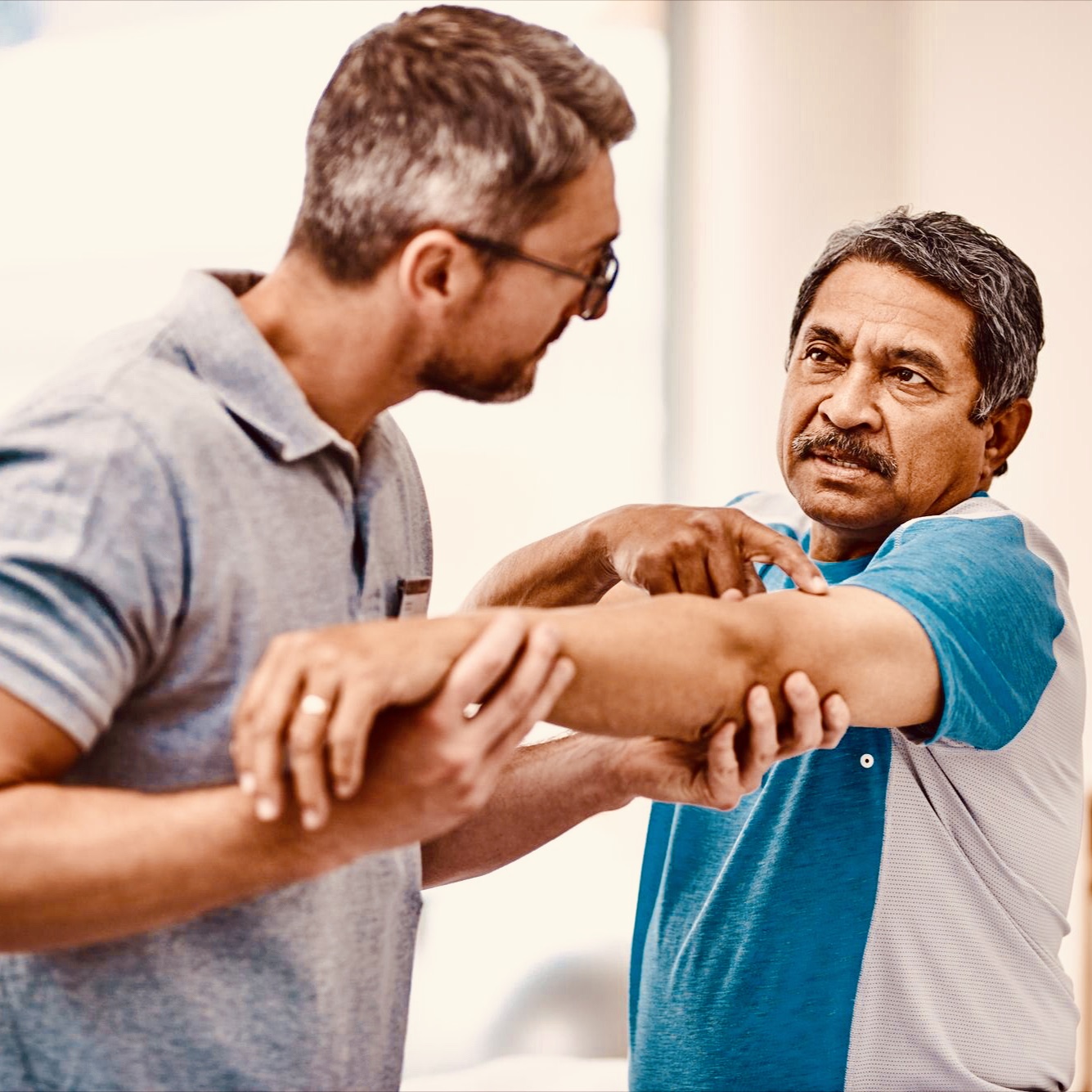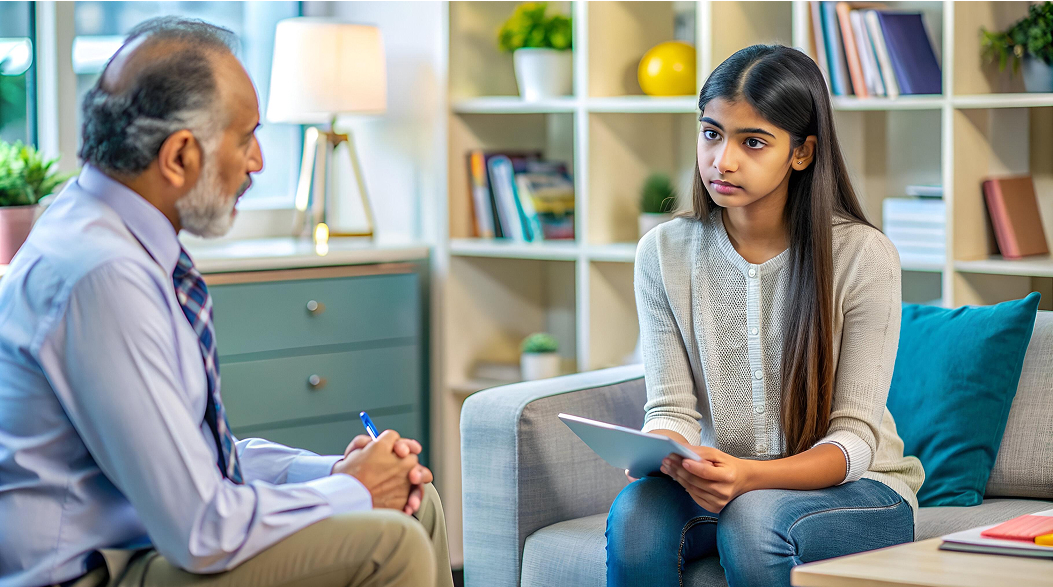Neuromuscular Rehabilitation
Neuromuscular rehabilitation is a specialized form of therapy aimed at improving the function and quality of life for individuals with neuromuscular disorders. This therapy utilizes various techniques to enhance muscle function, coordination, and overall mobility.

Neuromuscular rehabilitation focuses on treating conditions that affect the nervous and muscular systems. It is essential for individuals recovering from injuries, surgeries, or dealing with chronic neuromuscular conditions.
What is Neuromuscular Rehabilitation?
Neuromuscular rehabilitation is a biofeedback therapeutic approach designed to restore optimal function in individuals with neuromuscular disorders. Rooted in physical therapy principles, it combines exercises, manual therapy, and neuromuscular re-education techniques. Neuromuscular rehabilitation therapy targets both the nervous system and muscles to improve movement and reduce pain.
Benefits of Neuromuscular Rehabilitation
The benefits of neuromuscular rehabilitation are extensive. It can significantly enhance muscle strength, coordination, and flexibility. This therapy also helps in reducing pain and preventing further injury. Long-term benefits include improved mobility, better quality of life, and increased independence.
The Process of Neuromuscular Rehabilitation
The process begins with an initial assessment where the therapist evaluates the patient's condition and sets specific goals. Sessions are typically structured around targeted exercises and manual therapy techniques. The duration varies depending on the individual's condition and progress but often spans several months. These sessions usually occur 1-2 times per week and last about 45-60 minutes.
Details for Neuromuscular Rehabilitation
To ensure you receive quality neuromuscular rehabilitation, look for a therapist with specialized training in this area. Indicators of progress include increased muscle strength, improved range of motion, and reduced pain levels. It’s essential to ask your therapist about their experience and approach to treatment. Building a trusting relationship with your therapist is crucial for successful outcomes.
How to Get Started with Neuromuscular Rehabilitation
Finding a qualified neuromuscular rehabilitation therapist involves researching their credentials and verifying their experience with similar conditions. Preparing for your first session includes understanding your medical history and setting realistic goals. To make the most of your therapy, actively engage in sessions, perform recommended exercises at home, and maintain open communication with your therapist.
Other information on Neuromuscular Rehabilitation
Neuromuscular rehabilitation through biofeedback involves in-person sessions where specialized equipment monitors muscle activity to aid in rehabilitation. This therapy helps patients improve muscle control and coordination. Remote sessions are generally not effective due to the need for precise equipment and monitoring.
Try XYCHIATRY today
- See how it works in real-time. Take a quick self-assessment or walk through a sample patient case. No signup required.

